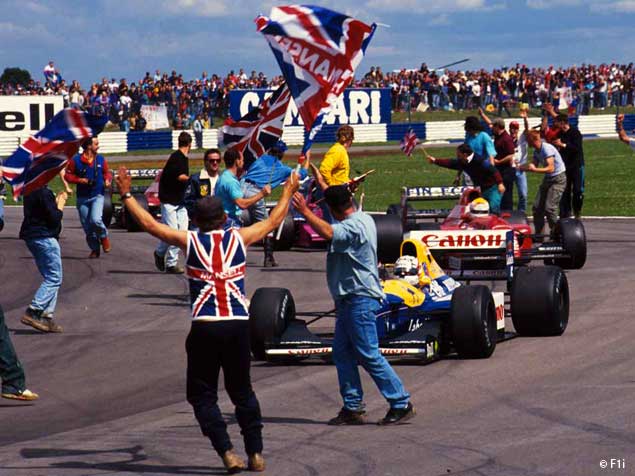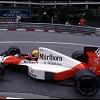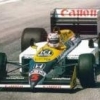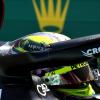The 13th of May 1950. The European Grand Prix at Silverstone. It may not have seemed that significant at the time. After all, Britain wasn't the centre of Grand Prix racing back then. The new Grand Prix formula, "Formula 1", was still young. Old pre-war vintage cars were still competitive, especially in the form of the Alfa Romeo 158 "Alfettas" which were still the cars to beat. Ferrari weren't present, and the new BRM wasn't ready. This wasn't even the first F1 race of the year. But it was the first round of a new World Championship for Drivers, implemented after the success of the motorcycle world championships the year before.
This is what it looked like:
Won by eventual champion Giuseppe Farina, in his Alfa Romeo.

But as the years rolled on, the championship grew in stature. The early inclusion of the Indianapolis 500 was dropped as the sport spread internationally. Africa, and both Americas would join the series, and soon after Asia and Oceana. From a mere 7 rounds in 1950, we now have over 20 (with this year being very much affected by external forces of course). All the way through, two events have stayed the course. Not even the motoring powehouse of Germany, or the very origin of Grand Prix racing in France could not sustain an annual race. But Britain and Italy could. This weekend we'll celebrate the last 7 decades of Formula 1, and do so through the eyes of the most successful nation in Grand Prix racing. The UK has 19 world drivers' championships from 12 different champions, and every constructors' champion bar Matra and Ferrari built their cars in the UK. What was almost a club event 70 years ago has become a huge industry, and much of that industry is centred around an ex-WW2 bomber base in Northamptonshire.

It hasn't all been about silverstone though. It was at Aintree in 1955 that Sir Stirling Moss won his home Grand Prix for Mercedes, and where Fangio would never reveal if he had in fact let Stirling win that day. Or two years late, when Moss and Tony Brooks took the Vanwall it its first home win.

Brands Hatch too has hosted the British Grand Prix, and saw legendary races too. It saw the last win for a customer car when Jo Siffert won for Rob Walker in a Lotus 49 in 1968. Or when Nigel Mansell won the 1986 race, beating his teammate Nelson Piquet and beginning Mansell-mania.

What of Silverstone? It has been there throughout, and has hosted the race every year since 1987. Before that, it saw Jackie Stewart and Jochen Rindt slipstreaming each other. It was Jody Scheckter take out half the field by crashing at Woodcote. It saw specatotors invade the track at the height of Mansell-mania. It saw Michael Schumacher brake his leg. It's seen crazy priests invade the track during a race. It's seen a driver win a race on three wheels.

Yes, Silverstone has seen it all. Engines moved from the front to the back. Wings appeared on the cars, and have changed shape and size. Tyres became slick, and then grooved again, and then slick again. Haybales have given way to runoffs and advanced walls. Coverage has gone from a bit of newsreel film to worldwide live internet streaming.
This weekend we'll celebrate it by reliving the events of, well last weekend. We've just had a most dramatic ending to a Grand Prix in a long time, with the leading cars of Hamilton and Bottas having tyre failures almost within sight of the chequered flag.
I'll now hand over to our usual thread starters with circuit details, weather forecasts, tyre allocations and all the other usual gubbins.












































